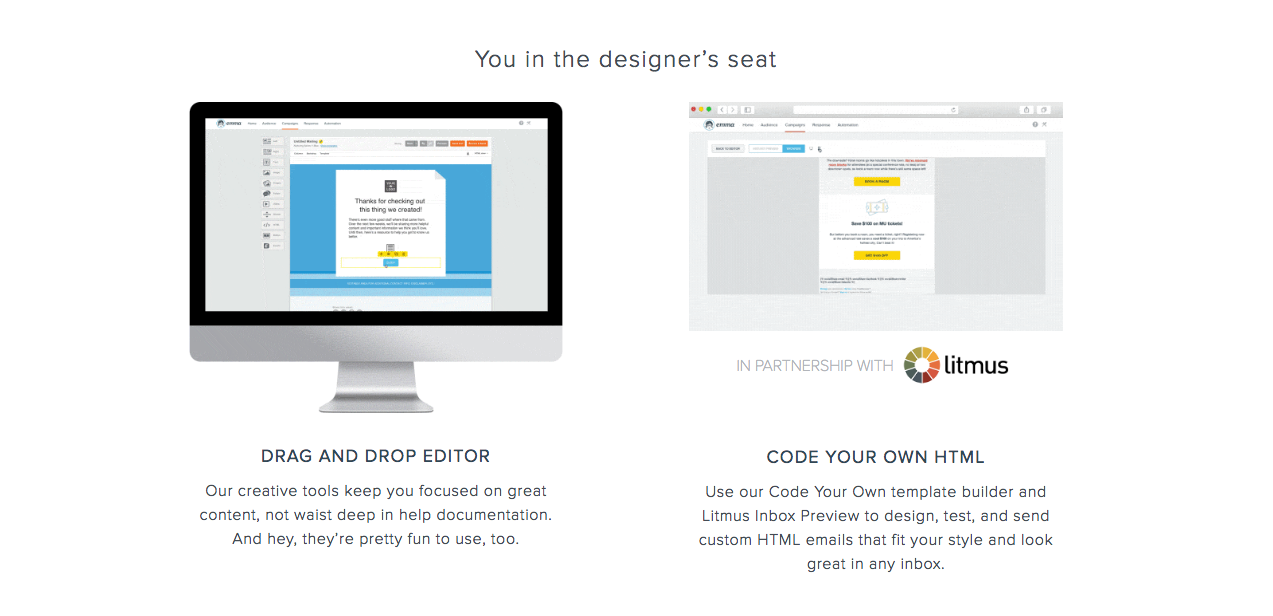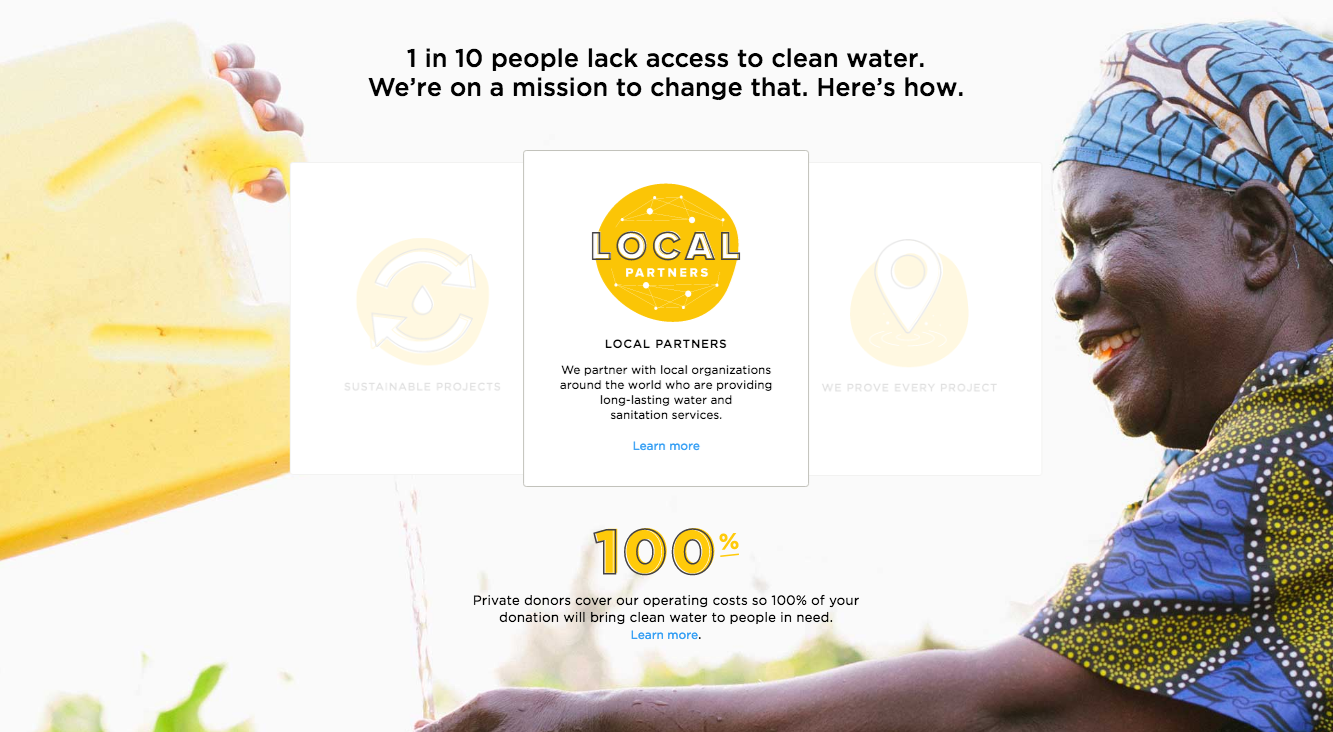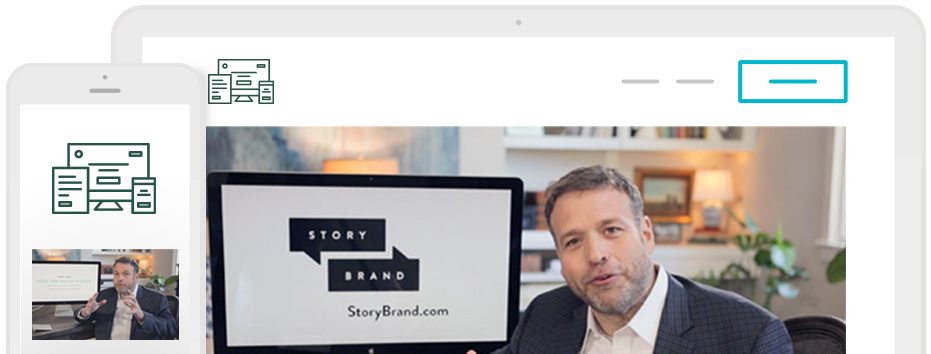
In 1983, Apple launched a new personal computer, Lisa. It was the last product before Jobs was let go. And they launched the ill-fated Lisa with a nine-page ad in the New York Times that spelled out the computer’s technical features. It was nine pages of geek talk that nobody was interested in.
The computer bombed.
Fortunately, we all know Apple’s story didn’t end that way.
I tell that anecdote as a cautionary tale. Talking about your product features can be a surefire way to bore your customers and tank your product.
But the features of your product or service can be a powerful catalyst for generating more leads and sales — when they’re presented well. With a little strategic thinking and messaging, presenting your features will:
• Bring clarity to how your product works and what it does
• Make customers wonder how they’ve lived without your product this long
• Help customers see why your product outshines the competition
• Help narrow the gap between a prospect feeling interested and actually taking action
So, that’s all incredible stuff, right? I want to show you four examples from companies (and even a nonprofit) who present their features in a compelling way. Not all of these strategies will work for your brand, but there is a lot of insight here to make sure your feature lists never pull a “Lisa” and undermine your awesome product.
Emma
If you have any kind of software offering, you’ll need to lay out your product’s features. But it’s easy to get “in the weeds” and dwell on details, especially when technology is involved. This email marketing company, Emma, gets it right. They don’t simply describe features. Instead, they show how the feature will benefit their customer.



Why It Works and What We Can Learn
• Use images to communicate what the features do. Remember, when people first visit your website, they’re not reading. They’re scanning. Images do the heavy lifting of showcasing exactly what the company means by features like “dynamic content” or “split testing.”
• Present features as benefits. The most important part of presenting features isn’t just to state what the product does, but to show how it benefits customers. Phrases like “in less time” or “make it easier” in the copy here do just that. In describing the response tracking feature, it’s not about the numbers. It’s about learning “what content works best.”
• Describe what life looks like without the feature. By describing the alternative, the copy connects with existing pain points and shows you what you’ll be avoiding by buying this product. Who wants to be “waist deep in help documentation?” instead of using Emma’s tools?
Havenly
Are feature lists just for products? Not exactly. Even if you offer a service, you still may need to describe the “features” of that service. That’s the case for Havenly, who offers online interior design. It’s critical to bring their service to life, because most of us assume interior design is just one of those things that has to be done in person.

Why It Works and What We Can Learn
• Overcome common objections. Throughout your feature presentations, acknowledge and speak to common reasons your customers hesitate before they buy. Here, Havenly states clearly that their designers are “vetted professionals and real people” — which alleviates the potential fear a customer has of someone inexperienced designing their room.
• Turn your features into a path customers can follow. In this case, Havenly has arranged the features of their service into an easy-to-follow path. It gives customers clarity about the process and helps bridge the gap between that initial bit of interest and actually taking action.
InvisionApp
Here’s another example from the world of technology, where companies often need to devote an entire page or section of their website to describing what their product does. InvisionApp is a web-based software that web designers and developers use to create workable prototypes for the software they design, ensuring that it’s intuitive for their customers.

Why It Works and What We Can Learn
• Make promises. Throughout the list of features, the copy is both descriptive and persuasive. Throughout the copy, they promise wonderful things like more productivity, better design, faster work, etc. The features create a clear picture of how much better work can be when you have this product.
• Reinforce features with social proof. All the promises they make in the copy get corroborated by real customers. Each feature is accompanied by a related testimonial from a well known brand. This social proof makes the benefit of these features real.
charity:water
So how does all of this apply to non-profits? While you might not have “features,” per se, there are characteristics of your work that will turn more visitors into donors and volunteers. We like this small feature on the charity:water website for a few reasons.

Why It Works and What We Can Learn
• Add one or more calls to action. The “Learn more” links draw visitors deeper into charity:water’s mission. As a bonus, the website analytics for those clicks will give them insight into which parts of the mission certain visitors
• Anticipate and answer potential questions. Similar to Havenly, each aspect of their mission also speaks to common questions potential donors ask before supporting a nonprofit. How will my money be used?
• Position your features strategically in the larger context of the site. Here, the photograph of the woman is situated so her gaze points toward the feature section. Believe it or not, we subconsciously follow the gaze of our fellow humans. Her gaze is a visual cue for where we should look — toward the feature copy.
—
I hope these examples inspire you to talk about your features in such a way that compels customers to pay attention. Which of these strategies might work for your brand? How so? Leave me a comment and let’s talk about it.

Does Your Website Need Some TLC?
If your homepage isn’t performing as well as you think it should, I can help. In my free video series, the 5 Minute Marketing Makeover, you’ll discover why it’s not working and exactly how to fix it.





